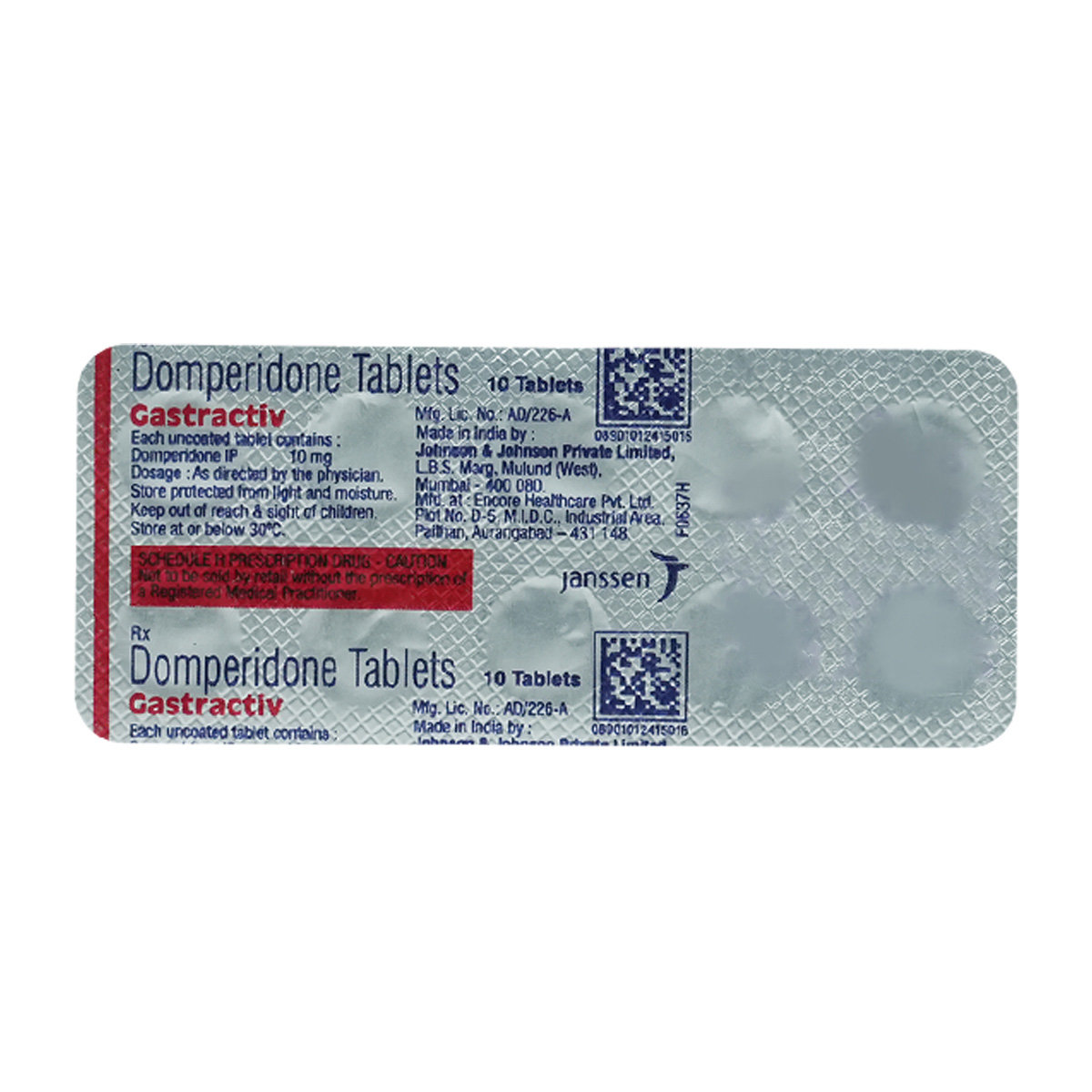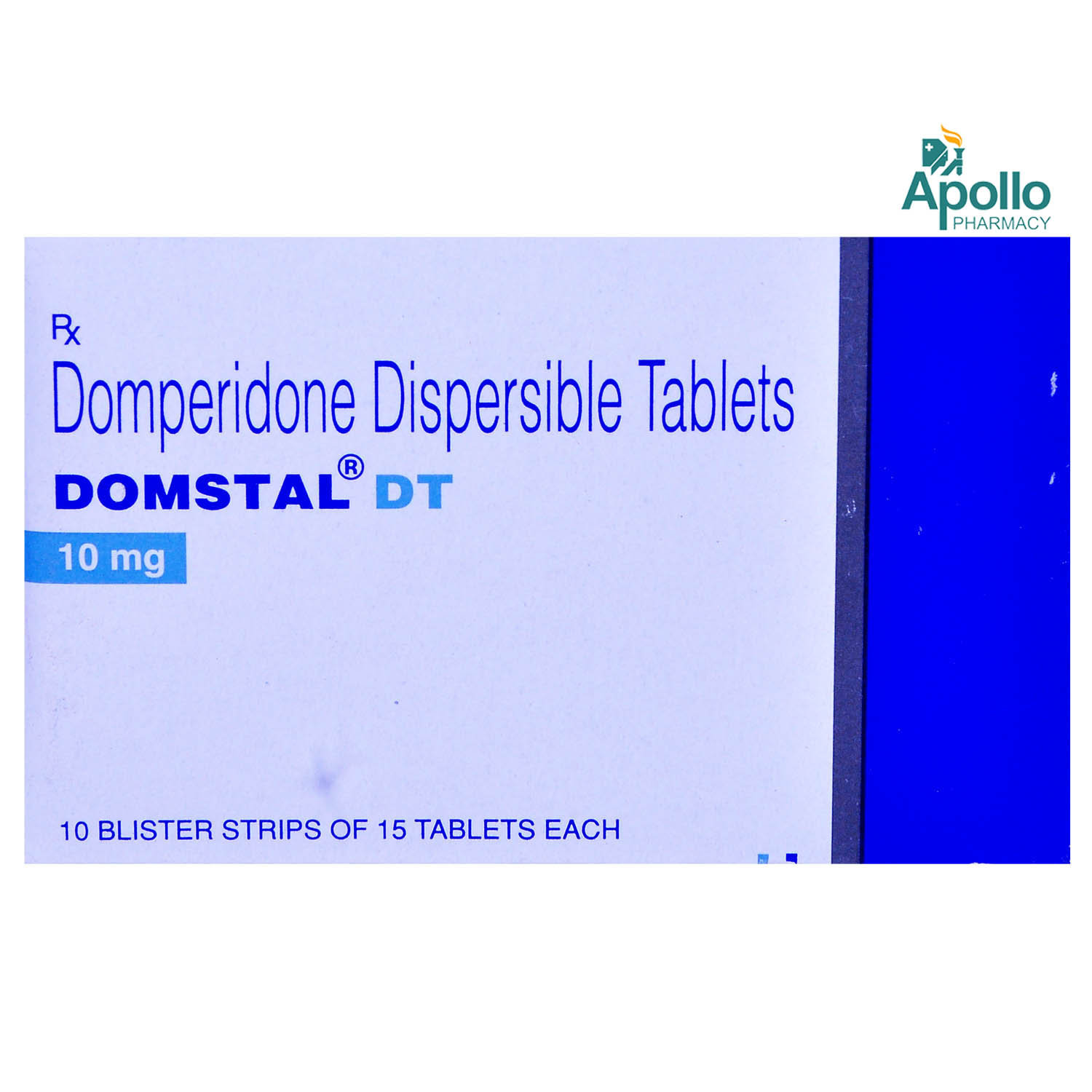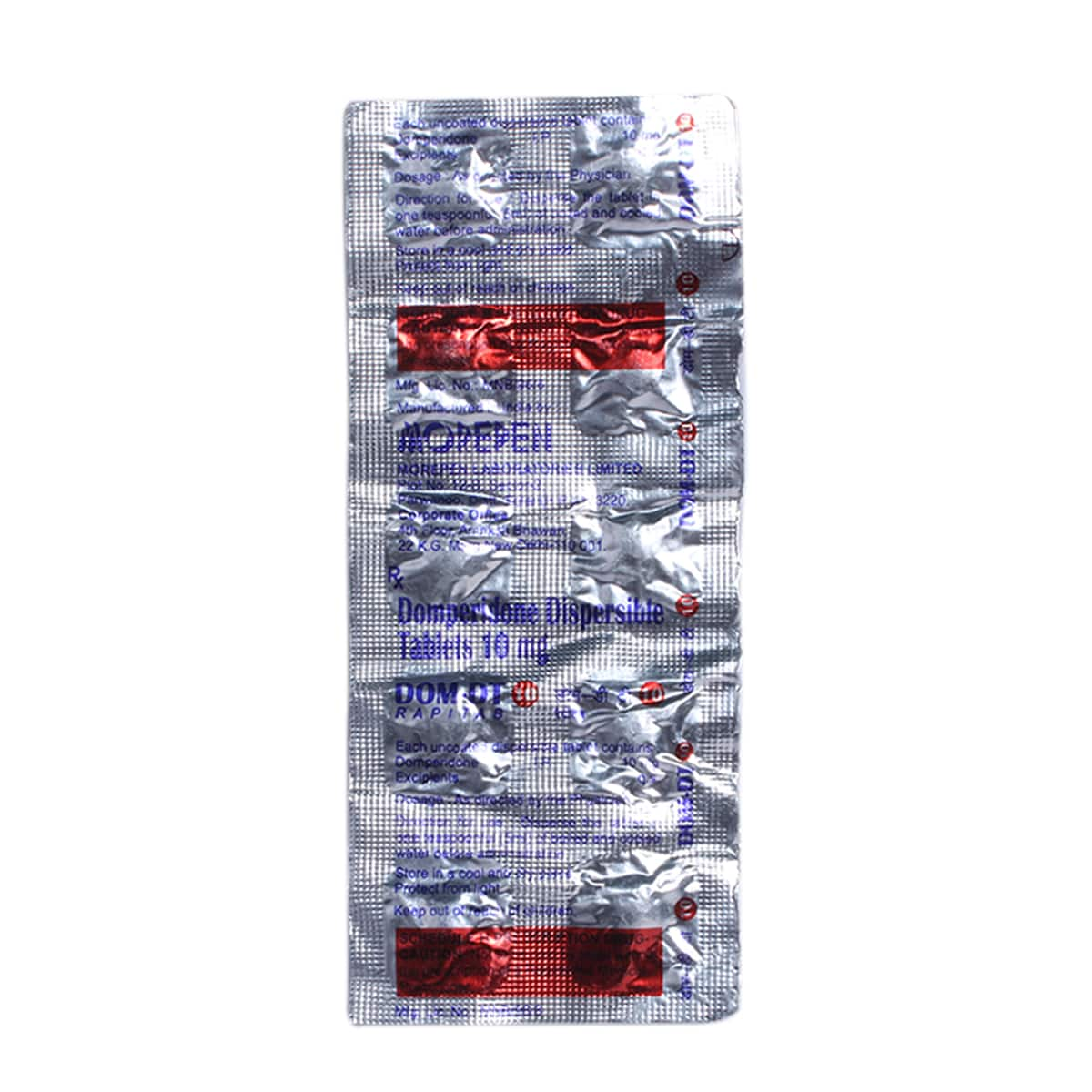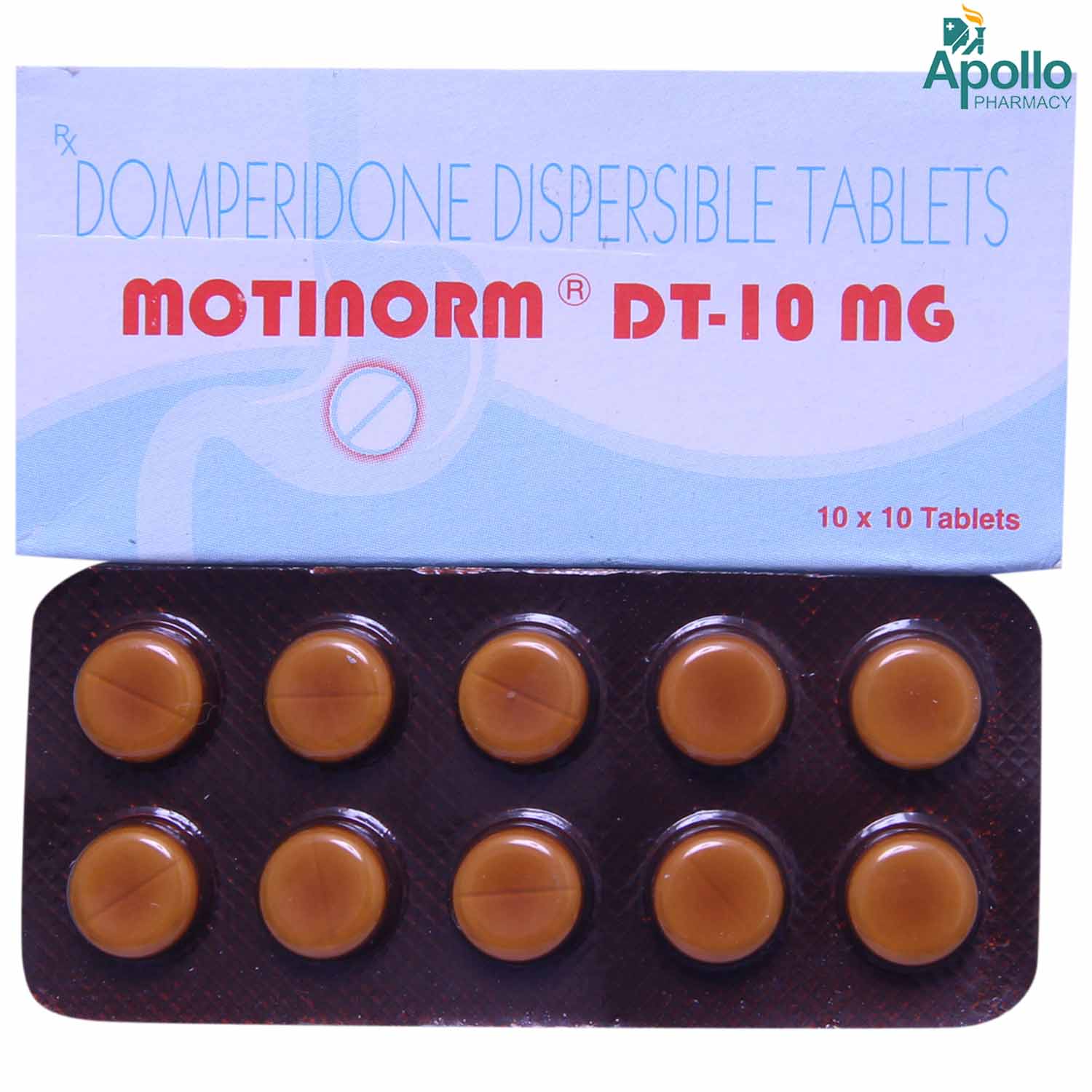Motilium M Tablet

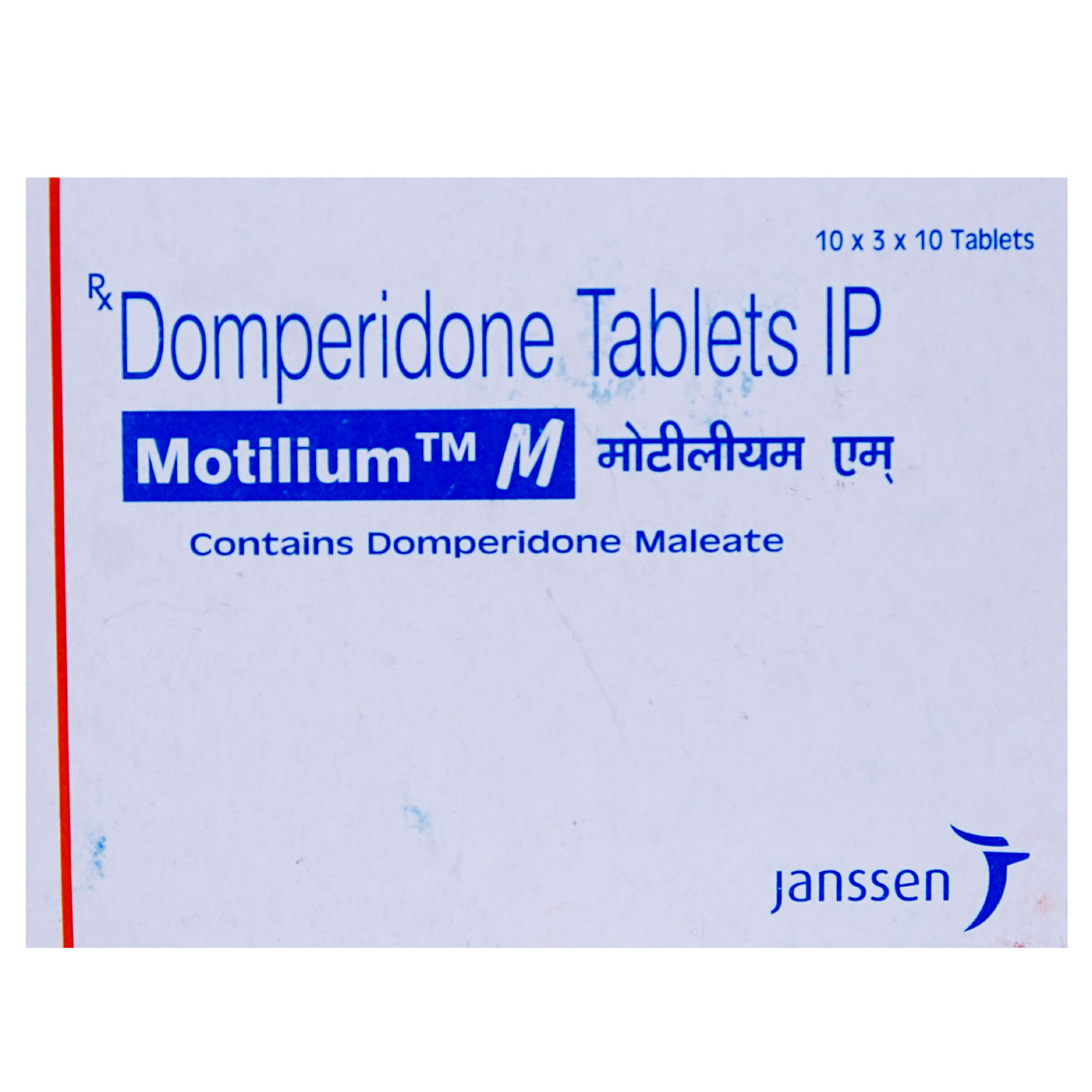
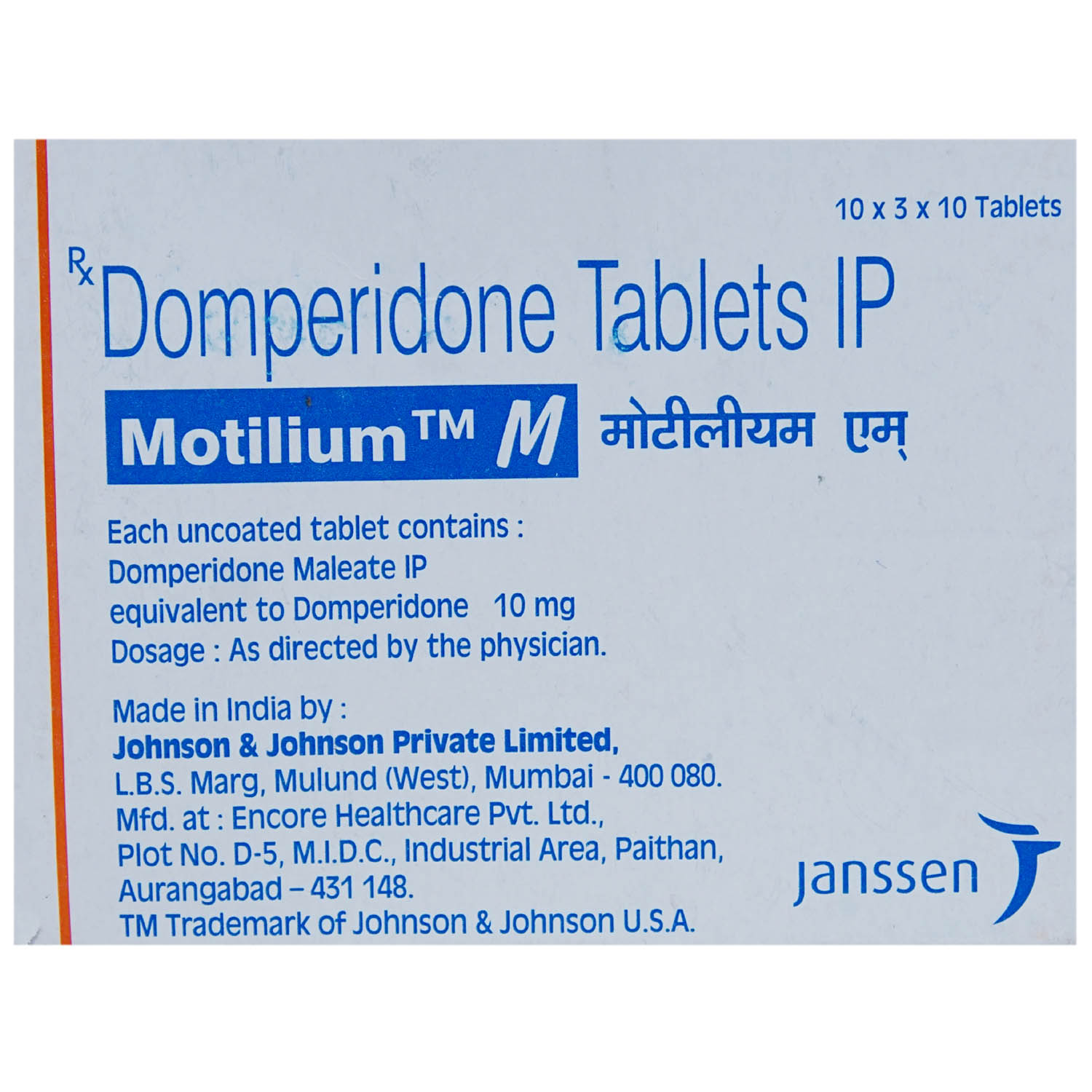
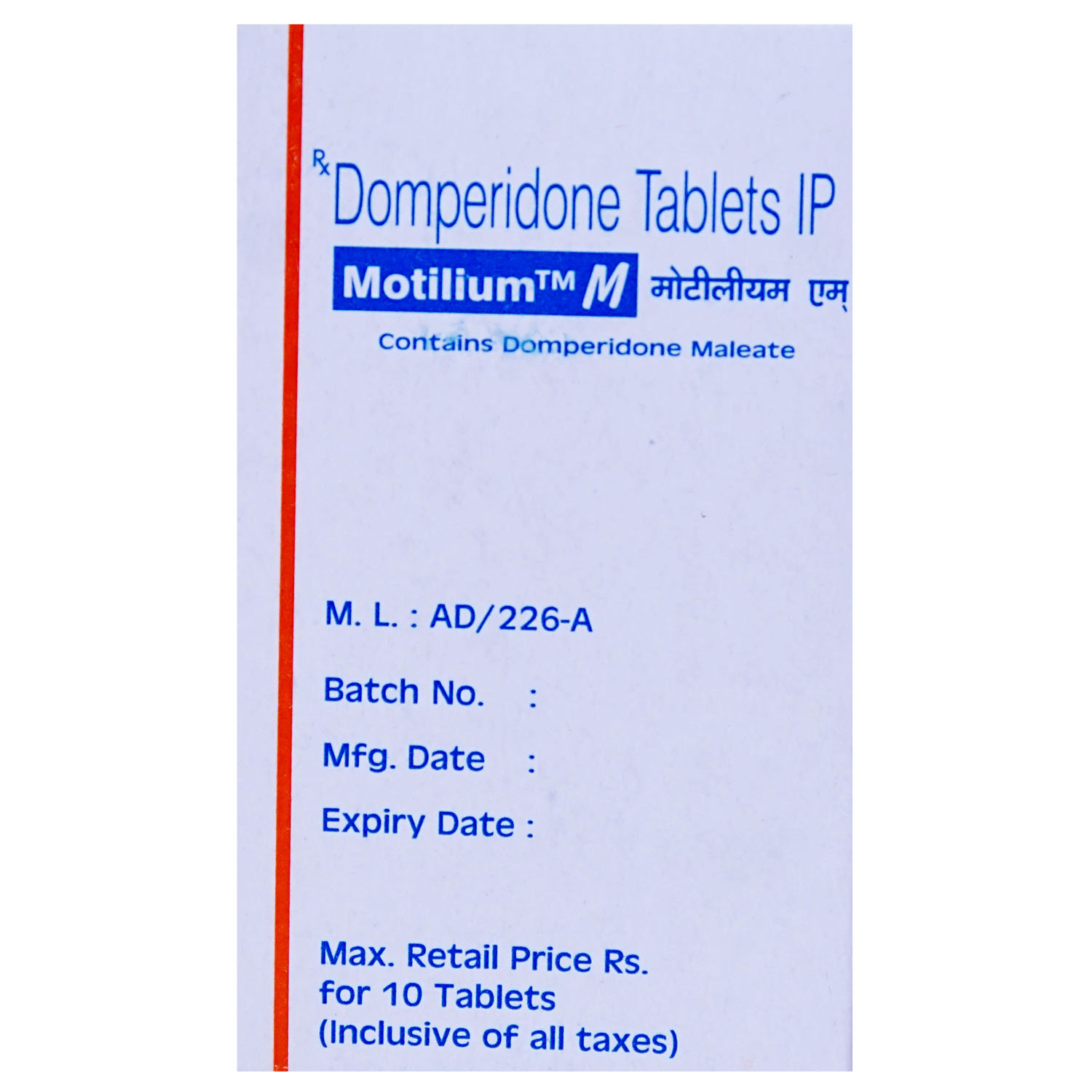
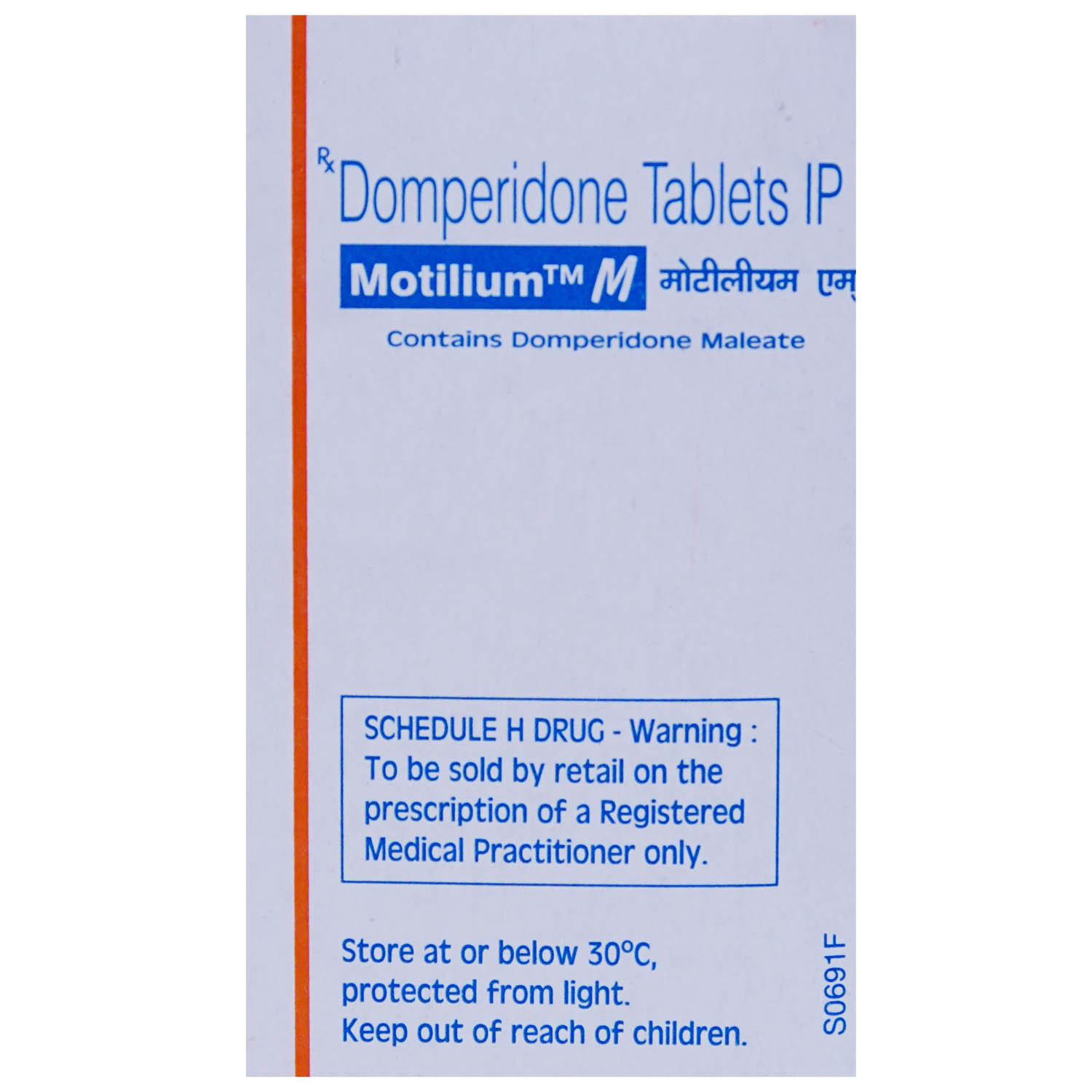
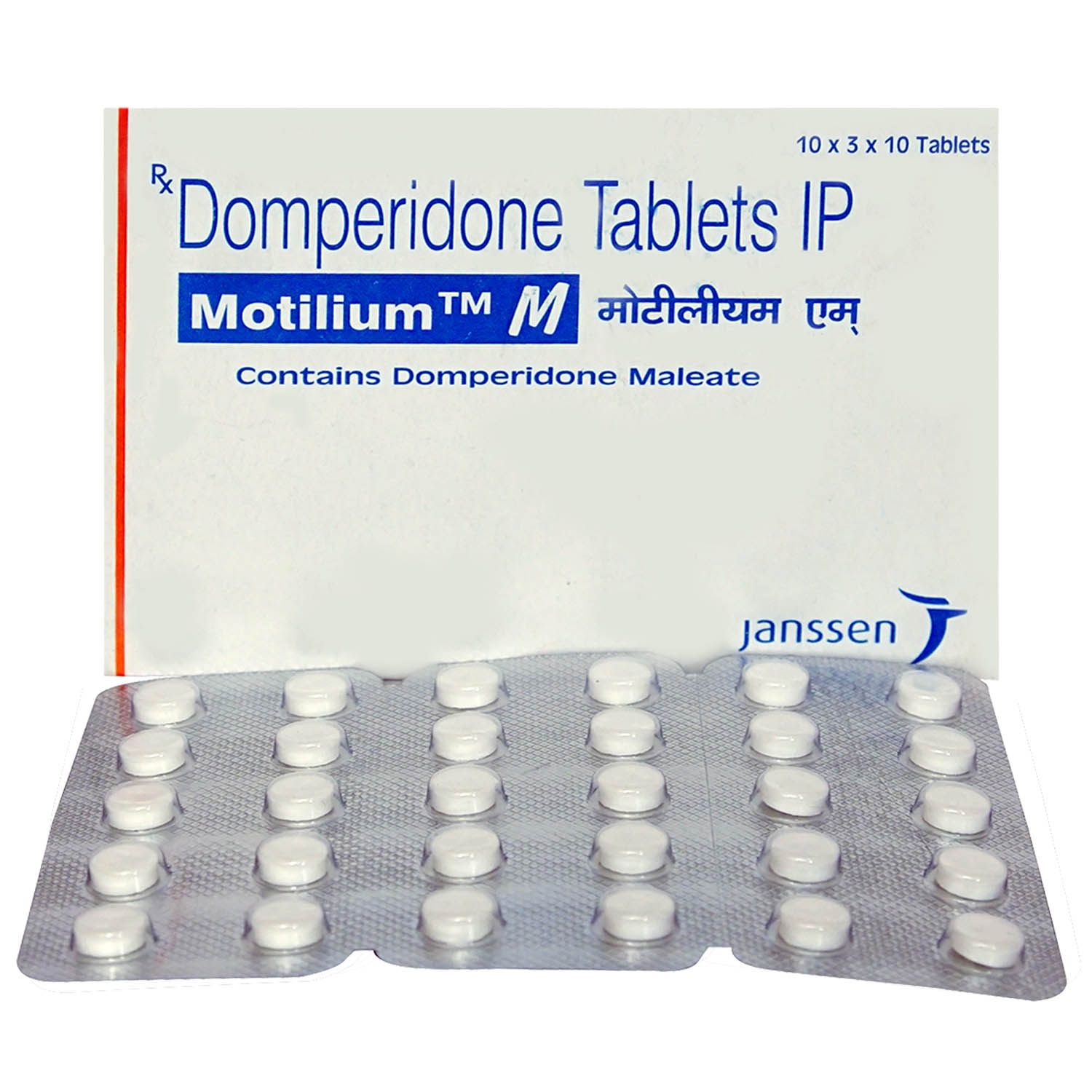
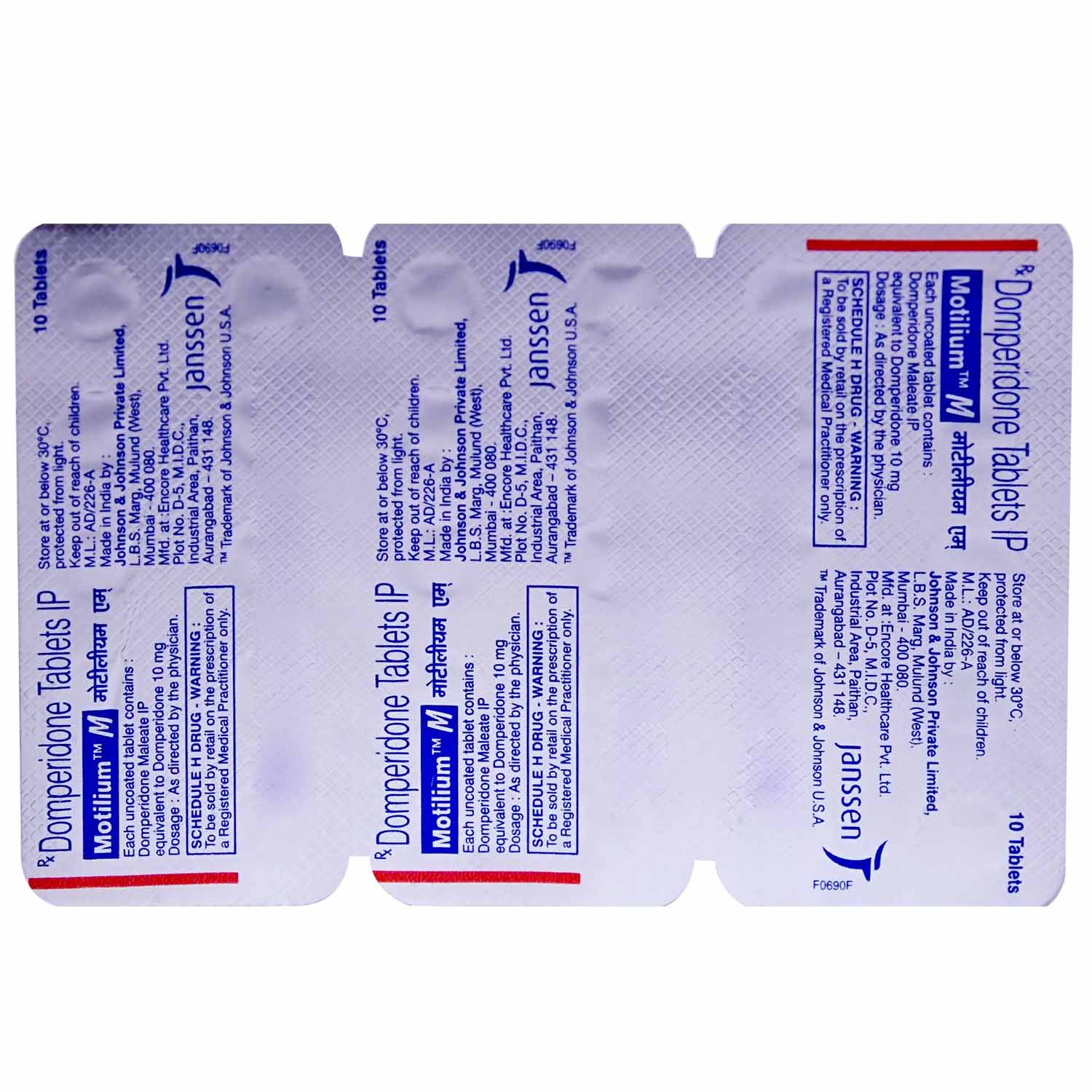
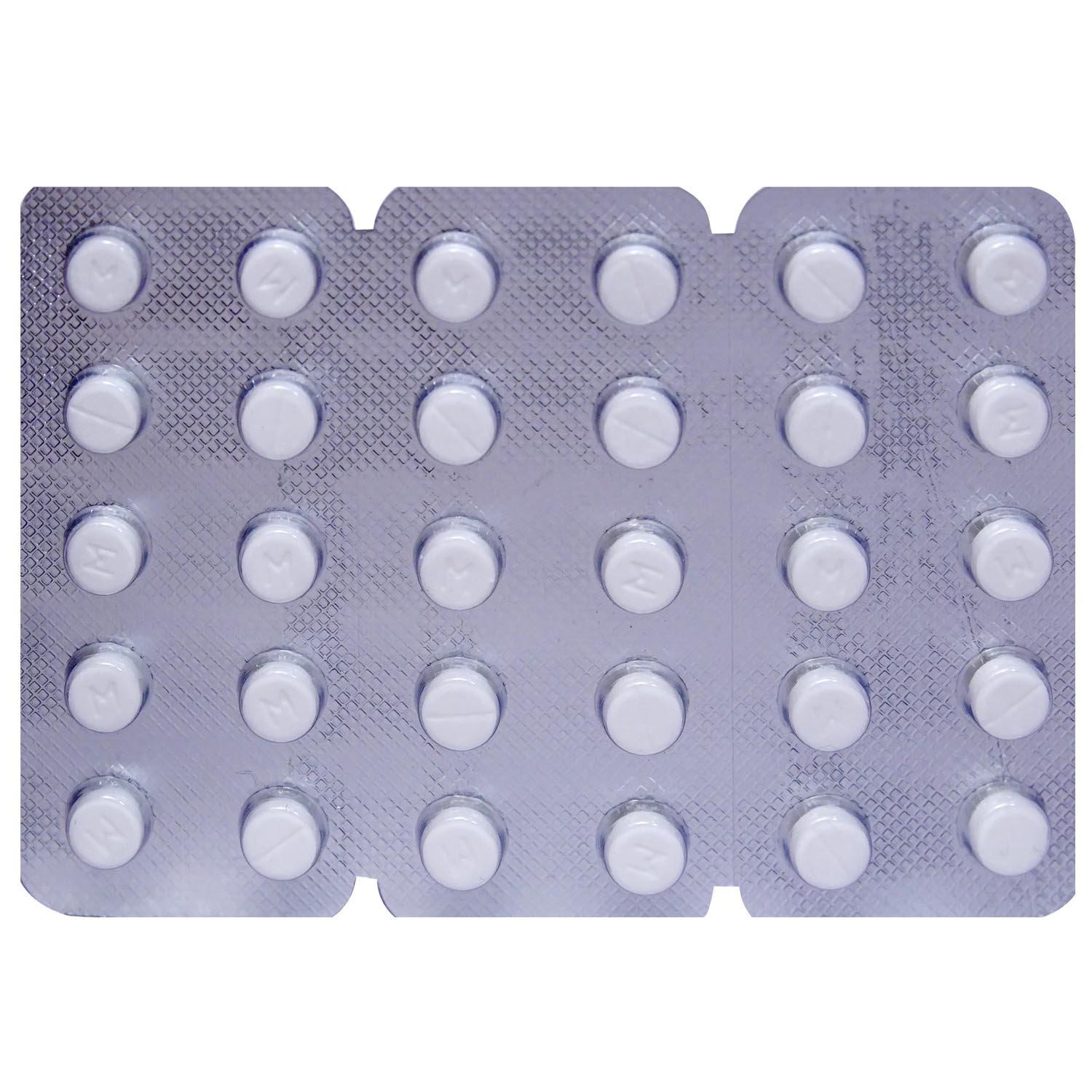
MRP ₹23
(Inclusive of all Taxes)
₹3.5 Cashback (15%)
know your delivery time
Provide Delivery Location
Composition :
Manufacturer/Marketer :
Consume Type :
Expires on or after :
Return Policy :
NPPA :

Secure Payment

Trusted by 8 Crore Indians

Genuine Products
Therapeutic Class
Country of origin
Manufacturer/Marketer address
Disclaimer
Alcohol
Safe if prescribed
Drinking alcohol with Motilium M Tablet may cause sleepiness, or an irregular heartbeat.
Pregnancy
Consult your doctor
Motilium M Tablet is not usually recommended in pregnancy.
Breast Feeding
Consult your doctor
Motilium M Tablet is not usually recommended when breastfeeding. But in some cases, domperidone is used to increase milk supply. However, it should be used only during breastfeeding if your physician considers this necessary. Ask your doctor for advice before taking this medicine.
Driving
Safe if prescribed
Motilium M Tablet has no effect on your ability to drive or operate machinery.
Liver
Consult your doctor
Motilium M Tablet should be taken with precaution in patients with liver disease. Your doctor will weigh the benefits and potential risks before prescribing them. Please consult your doctor.
Kidney
Consult your doctor
Motilium M Tablet should be taken with caution in patients with kidney problems. Your doctor will adjust your dose depending upon the condition of your disease.
Children
Safe if prescribed
Motilium M Tablet should not be given to adolescents younger than 12 years of age or are less than 35 kg in weight.
Product Substitutes
About Motilium M Tablet
Motilium M Tablet belongs to a class of medications known as 'dopamine antagonist' used to treat nausea (feeling sick) and vomit (being sick) in adults and adolescents 12 years or older. Besides this, it also helps in the treatment of indigestion. Nausea and vomiting are not diseases but are symptoms of many conditions like infections, motion sickness, an early stage of pregnancy, and gastroparesis (slow stomach emptying).
Motilium M Tablet contains domperidone, which prevents nausea and vomiting symptoms by blocking certain receptors (like dopamine and serotonin) that stimulate the vomiting centre (chemoreceptor trigger zone – CTZ) located in the brain. It also acts as a prokinetic agent that increases the upper gastrointestinal tract's motility and helps decrease stomach emptying time.
Take Motilium M Tablet as prescribed by your doctor. Symptoms of nausea and vomiting may usually resolve within 3-4 days after taking Motilium M Tablet . However, if it does not resolve even after this, stop taking this medicine and contact the doctor. Do not take Motilium M Tablet for longer than seven days. The most common side effect of Motilium M Tablet is dry mouth. This side effect is temporary and may resolve after some time; however, if this side persists, contact the doctor.
Do not consume Motilium M Tablet if you are hypersensitive to any components present in Motilium M Tablet . Before taking the Motilium M Tablet , inform your doctor if you suffer from liver or kidney problems. Prolonged intake of Motilium M Tablet may be associated with an increased risk of heart rhythm disorder (arrhythmia) and cardiac arrest (heart attack). This risk may be more likely in the elderly (those over 60 years old) or taking doses higher than 30 mg daily. Motilium M Tablet is not usually recommended in pregnancy and breastfeeding. But in some cases, domperidone is used to increase milk supply. However, it should be used only during breastfeeding if your physician considers this necessary. Ask your doctor for advice before taking this medicine. Adolescents (children from 12-18 years of age) who weigh less than 35 kg should not be given the Motilium M Tablet .
Uses of Motilium M Tablet
Medicinal Benefits Mweb
Key Benefits
Motilium M Tablet contains domperidone, a dopamine antagonist that helps by blocking certain vomiting-inducing receptors in the brain. Motilium M Tablet also acts as a prokinetic agent that increases the upper gastrointestinal tract's motility and decreases gastric emptying time. Domperidone is occasionally used to boost milk production. If you're experiencing difficulty nursing, your doctor may prescribe it if nothing else has helped.
Directions for Use
Side Effects of Motilium M Tablet
- Dry mouth
- Headache
Drug Warnings
Do not consume Motilium M Tablet if you are allergic to any components present in Motilium M Tablet . Before taking the Motilium M Tablet , contact your doctor if you suffer from liver or kidney problems (kidney function impairment or failure). Prolonged intake of Motilium M Tablet may be associated with an increased risk of heart rhythm disorder (arrhythmia) and cardiac arrest (heart attack). This risk may be more likely in the elderly (those over 60 years old) or taking doses higher than 30 mg daily. Tell your doctor if you are using anti-fungal medicines and/or if you have heart problems or AIDS/HIV. If you experience heart rhythm disorders like palpitations, trouble breathing, or loss of consciousness after taking the Motilium M Tablet , immediately contact your doctor. Domperidone is not usually recommended in pregnancy and breastfeeding. But in some cases, domperidone is used to increase milk supply. However, it should be used only during breastfeeding if your physician considers this necessary. Ask your doctor for advice before taking this medicine. Adolescents (children from 12-18 years of age) who weigh less than 35 kg should not be given the Motilium M Tablet .
Drug-Drug Interactions
Drug-Drug Interactions
Login/Sign Up
Co-administration of Domeperidone and Bepridil can increase the risk of irregular heart rhythm.
How to manage the interaction:
Although taking Motilium M Tablet and Bepridil together can cause an interaction, it can be taken if your doctor has suggested it. If you experience lightheadedness, tiredness, increased heart rate, consult a doctor. Do not discontinue any medications without consulting a doctor.
Combining Mizolastine with Motilium M Tablet can increase the risk or severity of irregular heart rhythms.
How to manage the interaction:
Although taking Motilium M Tablet and Mizolastine together can cause an interaction, it can be taken if your doctor has suggested it. However, if you experience sudden dizziness, lightheadedness, fainting, shortness of breath, chest pain or tightness, rapid heartbeat, contact a doctor immediately. Do not discontinue any medications without consulting a doctor.
Coadministration of Motilium M Tablet with Cisapride can increase the blood levels of Motilium M Tablet.
How to manage the interaction:
There may be a possibility of interaction between Motilium M Tablet and Cisapride, but it can be taken if prescribed by a doctor. In case you experience any side effects like swelling of the ankles or feet, unusual tiredness, redness, changes in menstrual ability, contact a doctor. It is recommended to do this to ensure your heart stays healthy. Do not stop using any medications without talking to a doctor.
Coadministration of Motilium M Tablet with Halofantrine can Increase the risk of irregular heart rhythm.
How to manage the interaction:
Although taking Motilium M Tablet and Halofantrine together can cause an interaction, it can be taken if your doctor has suggested it. If you experience lightheadedness, tiredness, increased heart rate, consult a doctor. Do not discontinue any medications without consulting a doctor.
Coadministration of Motilium M Tablet with Nefazodone can increase the blood levels of Motilium M Tablet.
How to manage the interaction:
There may be a possibility of interaction between Motilium M Tablet and Nefazodone, but it can be taken if prescribed by a doctor. In case you experience any side effects like swelling of the ankles or feet, unusual tiredness, redness, changes in menstrual ability, contact a doctor. It is recommended to do this to ensure your heart stays healthy. Do not stop using any medications without talking to a doctor.
Coadministration of Motilium M Tablet with Toremifene can Increase the risk of irregular heart rhythm.
How to manage the interaction:
Although taking Motilium M Tablet and Toremifene together can cause an interaction, it can be taken if your doctor has suggested it. If you experience lightheadedness, tiredness, increased heart rate, consult a doctor. Do not discontinue any medications without consulting a doctor.
Coadministration of Motilium M Tablet with Ketoconazole can Increase the risk of irregular heart rhythm.
How to manage the interaction:
Although taking Motilium M Tablet and Ketoconazole together can cause an interaction, it can be taken if a doctor has suggested it. If you experience lightheadedness, tiredness, increased heart rate, consult a doctor. Do not discontinue any medications without consulting a doctor.
Coadministration of Motilium M Tablet with Ritonavir can increase the blood levels of Motilium M Tablet.
How to manage the interaction:
There may be a possibility of interaction between Motilium M Tablet and Ritonavir, but it can be taken if prescribed by a doctor. In case you experience any side effects like swelling of the ankles or feet, unusual tiredness, redness, changes in menstrual ability, contact a doctor. It is recommended to do this to ensure your heart stays healthy. Do not stop using any medications without talking to a doctor.
Coadministration of Motilium M Tablet with Clarithromycin can increase the risk of side effects.
How to manage the interaction:
There may be a possibility of interaction between Motilium M Tablet and Clarithromycin, but it can be taken if prescribed by a doctor. Do not stop using any medications without talking to a doctor.
Coadministration of Motilium M Tablet with Methadone can Increase the risk of irregular heart rhythm.
How to manage the interaction:
Although taking Motilium M Tablet and Methadone together can cause an interaction, it can be taken if your doctor has suggested it. If you experience lightheadedness, tiredness, increased heart rate, consult a doctor. Do not discontinue any medications without consulting a doctor.
Drug-Food Interactions
Drug-Food Interactions
Login/Sign Up
Drug-Diseases Interactions
Drug-Diseases Interactions
Login/Sign Up
Drug-Drug Interactions Checker List
- AMIODARONE
- MOXIFLOXACIN
- ERYTHROMYCIN
- DILTIAZEM
- SOTALOL
- ESCITALOPRAM
- VERAPAMIL
Habit Forming
Diet & Lifestyle Advise
- Eat a healthy low-fat diet, especially in small portions, as it will be easy to digest. Avoid eating over-sweet food and include more salty food, especially if you have been vomiting.
- Also, if you like vomiting at a specific time, avoid eating your favourite food at that particular time, as your taste for that food may get turned off.
- Include more cool beverages in your food like clear soups, flavoured gelatin, and carbonated beverages. And also, when you drink with a stray, sip slowly to avoid swallowing air that may lead to gas or acidity.
- Drink after or any other liquid at least 30 minutes after eating food. After eating food, lie down for at least after 2 hours.
- If the smell of food makes you feel sick (vomit), do not cook food as it may worsen your condition. Let someone else cook food or use prepared food from the freezer.
- Avoid caffeine-containing beverages (coffee, tea), spicy/deep-fried/processed foods, carbonated drinks, and acidic foods like citrus fruits/vegetables (tomatoes).
All Substitutes & Brand Comparisons
RX
Out of StockAvistal 10mg Tablet
₹18
(₹1.62 per unit)
21% CHEAPERRX
Out of StockElpidone 10mg Tablet
Elikem Pharmaceuticals Pvt Ltd
₹18
(₹1.62 per unit)
21% CHEAPERRX
Out of StockAvom 10mg Tablet DT
₹19.5
(₹1.76 per unit)
14% CHEAPER

Have a query?
Buy best C.n.s Drugs products by
Intas Pharmaceuticals Ltd
Sun Pharmaceutical Industries Ltd
Torrent Pharmaceuticals Ltd
Alkem Laboratories Ltd
Abbott India Ltd
Cipla Ltd
Alteus Biogenics Pvt Ltd
Micro Labs Ltd
Lupin Ltd
Ipca Laboratories Ltd
D D Pharmaceuticals Pvt Ltd
Icon Life Sciences
Mankind Pharma Pvt Ltd
Tripada Healthcare Pvt Ltd
Arinna Lifesciences Ltd
Linux Laboratories Pvt Ltd
East West Pharma India Pvt Ltd
La Renon Healthcare Pvt Ltd
Talent India Pvt Ltd
Tas Med India Pvt Ltd
Zydus Healthcare Ltd
Cnx Health Care Pvt Ltd
Eris Life Sciences Ltd
Leeford Healthcare Ltd
Emcure Pharmaceuticals Ltd
Macleods Pharmaceuticals Ltd
Sigmund Promedica
Aristo Pharmaceuticals Pvt Ltd
Dr Reddy's Laboratories Ltd
Troikaa Pharmaceuticals Ltd
Consern Pharma Ltd
Zydus Cadila
Shine Pharmaceuticals Ltd
Wockhardt Ltd
Ardent Life Sciences Pvt Ltd
Crescent Formulations Pvt Ltd
Theo Pharma Pvt Ltd
Reliance Formulation Pvt Ltd
Ikon Pharmaceuticals Pvt Ltd
Propel Healthcare
Neon Laboratories Ltd
Jagsam Pharma
Msn Laboratories Pvt Ltd
Morepen Laboratories Ltd
Pulse Pharmaceuticals
Sanofi India Ltd
Med Manor Organics Pvt Ltd
Hetero Healthcare Pvt Ltd
Novartis India Ltd
Crescent Therapeutics Ltd
Elder Pharmaceuticals Ltd
Solvate Laboratories Pvt Ltd
Akumentis Healthcare Ltd
Mova Pharmaceutical Pvt Ltd
Psyco Remedies Ltd
Tripada Lifecare Pvt Ltd
Ajanta Pharma Ltd
Cyrus Remedies Pvt Ltd
Medishri Healthcare Pvt Ltd
Cadila Healthcare Ltd
Glenmark Pharmaceuticals Ltd
Matteo Health Care Pvt Ltd
Hbc Life Sciences Pvt Ltd
Lyf Healthcare
Matias Healthcare Pvt Ltd
Mesmer Pharmaceuticals
Alembic Pharmaceuticals Ltd
Capital Pharma
Crescent Pharmaceuticals
Medopharm Pvt Ltd
Alniche Life Sciences Pvt Ltd
Kivi Labs Ltd
Talin Remedies Pvt Ltd
USV Pvt Ltd
Quince Lifesciences Pvt Ltd
Solis Pharmaceuticals
Infivis Life Care
Zuventus Healthcare Ltd
Cadila Pharmaceuticals Ltd
Pfizer Ltd
Wallace Pharmaceuticals Pvt Ltd
A N Pharmacia Laboratories Pvt Ltd
Blue Cross Laboratories Pvt Ltd
Jenburkt Pharmaceuticals Ltd
Lia Life Sciences Pvt Ltd
Mano Pharma
Medley Pharmaceuticals Ltd
Primus Remedies Pvt Ltd
FDC Ltd
Maneesh Pharmaceuticals Ltd
Apex Laboratories Pvt Ltd
Gagnant Healthcare Pvt Ltd
Ozone Pharmaceuticals Ltd
RPG Life Sciences Ltd
Strides Shasun Ltd
Unichem International
GlaxoSmithKline Pharmaceuticals Ltd
Kuresys Labs Pvt Ltd
LA Pharma
Trion Pharma India Llp
Customers Also Bought


